Кафе на месец февруари-Коста Рика Таразу

Пейзажът е великолепен. Плажовете са чисти, а времето е топло през цялата година. Но най-хубаво е кафето. Затова решихме да ви пренесем в Коста Рика и да забравите, поне за малко, студените дни. С удоволствие Ви представяме кафето на месец февруари и подходящ подарък за деня на влюбените, ако все още се чудите как да зарадвате половинката си.
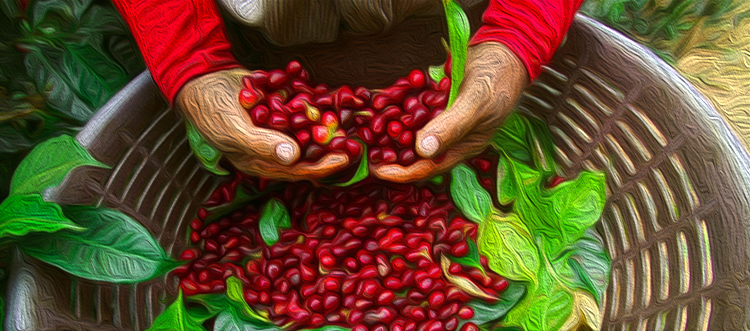 Коста Рика се смята за една от световните държави-лидери в отглеждането на кафе, благодарение на комплекс от качества, за които ще ви разкажем в следващите редове.
Коста Рика се смята за една от световните държави-лидери в отглеждането на кафе, благодарение на комплекс от качества, за които ще ви разкажем в следващите редове.
Кафето е било засадено в края на 17-ти век и това е първата централно американска страна, която има напълно изградена кафе-индустрия. През 1820 г. става основен земеделски поминък с голямо икономическо значение за населението.
Костариканското кафе расте на 1200-1800 метра надморска височина. Най-добрите класове се отглеждат в четири района Tarrazu, Tres Rios, Heredia и Alajuela. Почвата е богата на хумус и е с вулканичен произход. Заедно с климата, са изключително важни фактори, които правят кафето, отглеждано в тези райони, наистина гурме качество. Костариканското кафе на зърна се класифицират по твърдостта на зърната. Това се определя от височината, на която се отглеждат. Разделят се на SHB, GHB и MHB.
Реколтата се прибира от декември до февруари месец. Периодът на цъфтеж е от април до юни месец, на изпращане е от март до септември.
Коста Рика има един от най-големите периоди на прибиране на реколтата в света. В централните планини и в зоната на Тихия океан има само два, най-много три периода на цъфтене. В Атлантическата зона поради по-голямото количество валежи, цъфтенето настъпва по-често и по този начин удължава периода на зреене.
Кафето ферментира от 2 до 15 часа в зависимост от надморската височина. Благодарение на новите закони за опазване на екологичната система в Коста Рика, трябва да се внимава по време на процеса на ферментация и да се избягва замърсяването на реките. След това се суши на слънце или изкуствено в барабани.
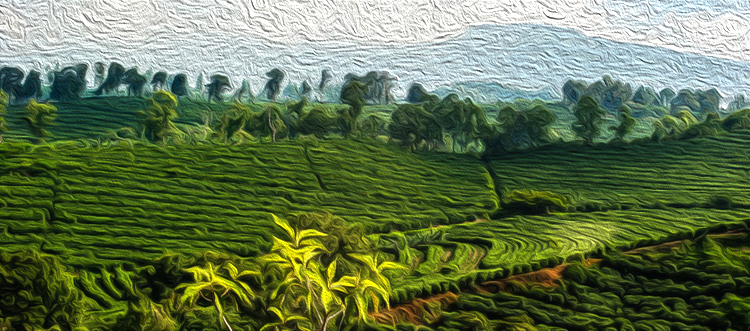 Типичното кафе Коста Рика Таразу съчетава кремообразно тяло и висока киселинност, балансирани флорални и цитрусови тонове, загатващ послевкус на лешник, кафява захар и карамел. За предпочитане е степента на изпичане да бъде средна, за да може да се усетят вкусовите характеристики най-добре.
Типичното кафе Коста Рика Таразу съчетава кремообразно тяло и висока киселинност, балансирани флорални и цитрусови тонове, загатващ послевкус на лешник, кафява захар и карамел. За предпочитане е степента на изпичане да бъде средна, за да може да се усетят вкусовите характеристики най-добре.
Коста Рика има истинска култура на кафето, стабилна икономика без големи политически проблеми и в много отношения европейски начин на живот и работа.
Беше ли ви интересна информацията? Кое бихте желали да бъде следващото „Кафе на месеца“, което да ви представим? Споделете ни в социалните мрежи ( Instagram - @martinescaffe; Facebook – MARTINES CAFFE) или в коментари по-долу.

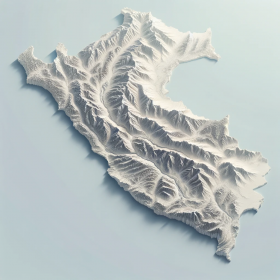


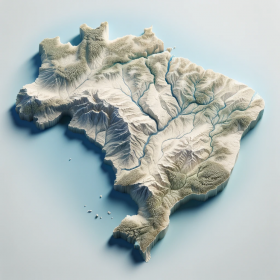

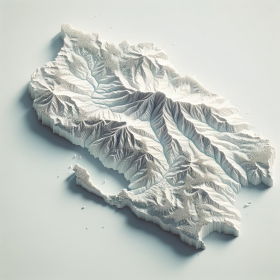




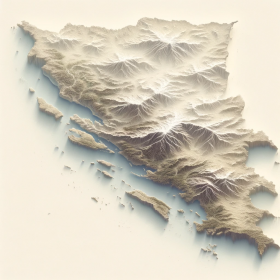

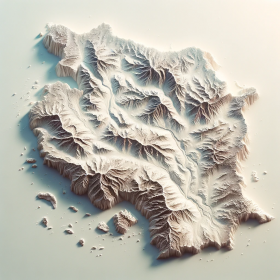
Оставете коментар